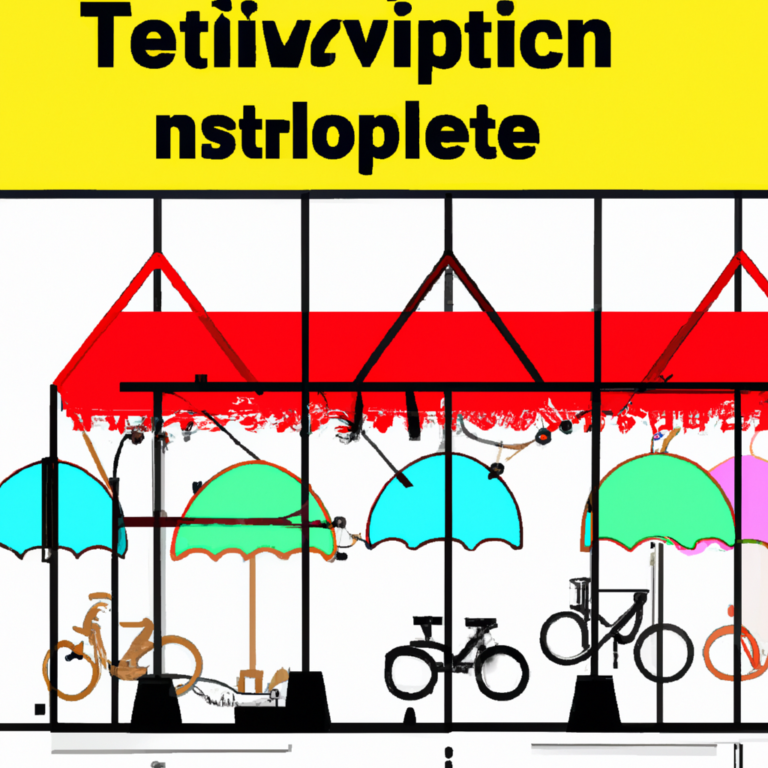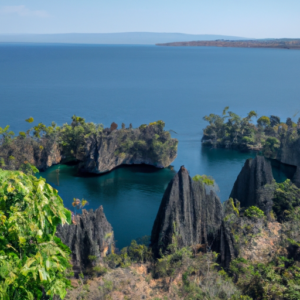Introduction
Madagascar, an island nation known for its rich biodiversity, also boasts a vibrant market culture deeply rooted in its history and daily life. From the bustling Zoma Market in Antananarivo to the colourful Mahamasina Market, each offers a unique experience. This article aims to provide an in-depth look into the various markets, their significance, and what they offer.
Zoma Market: The Heart of Antananarivo
Once the world’s largest open-air market, Zoma Market was a spectacle stretching over a kilometre. Though reduced in size, it remains a vital part of Antananarivo, offering everything from fresh produce to handcrafted goods.
The Evolution
The market has evolved from blocking the entire Avenue de l’Indépendance to a more organised setup, ensuring smoother traffic flow while retaining its charm.
Mahamasina Market: The Thrift Shopper’s Paradise
Located near the Municipal Stadium in Antananarivo, Mahamasina Market is a treasure trove for second-hand goods. From leather jackets for motorcyclists to professional attire, it’s a hub for sustainable shopping.

The Appeal
The market’s allure lies in its second-hand goods, making it a go-to destination for both locals and tourists looking for unique finds.
Ambalavao Zebu Market: The Livestock Epicentre
Ambalavao hosts Madagascar’s most famous Zebu market. Situated 480 km south of the capital, it’s a spectacle where buyers and sellers haggle over the prized cattle.

The Zebu Significance
In Madagascar, Zebu cattle are not just livestock but a symbol of wealth and cultural importance, often used in various ceremonies and daily activities.
The Market of Talata: A Culinary Delight
Famous for its Koba (rice cakes with caramelised peanuts) and sausages, Talata Market is a must-visit for food enthusiasts.
Agricultural Produce
The market also offers a wide range of fresh agricultural produce, making it a one-stop-shop for all your culinary needs.
Conclusion
Madagascar’s markets are more than just places for trade; they are cultural landmarks that offer a glimpse into the country’s rich history and diverse offerings. From second-hand goods to livestock and fresh produce, these markets are a testament to Madagascar’s vibrant community spirit.








